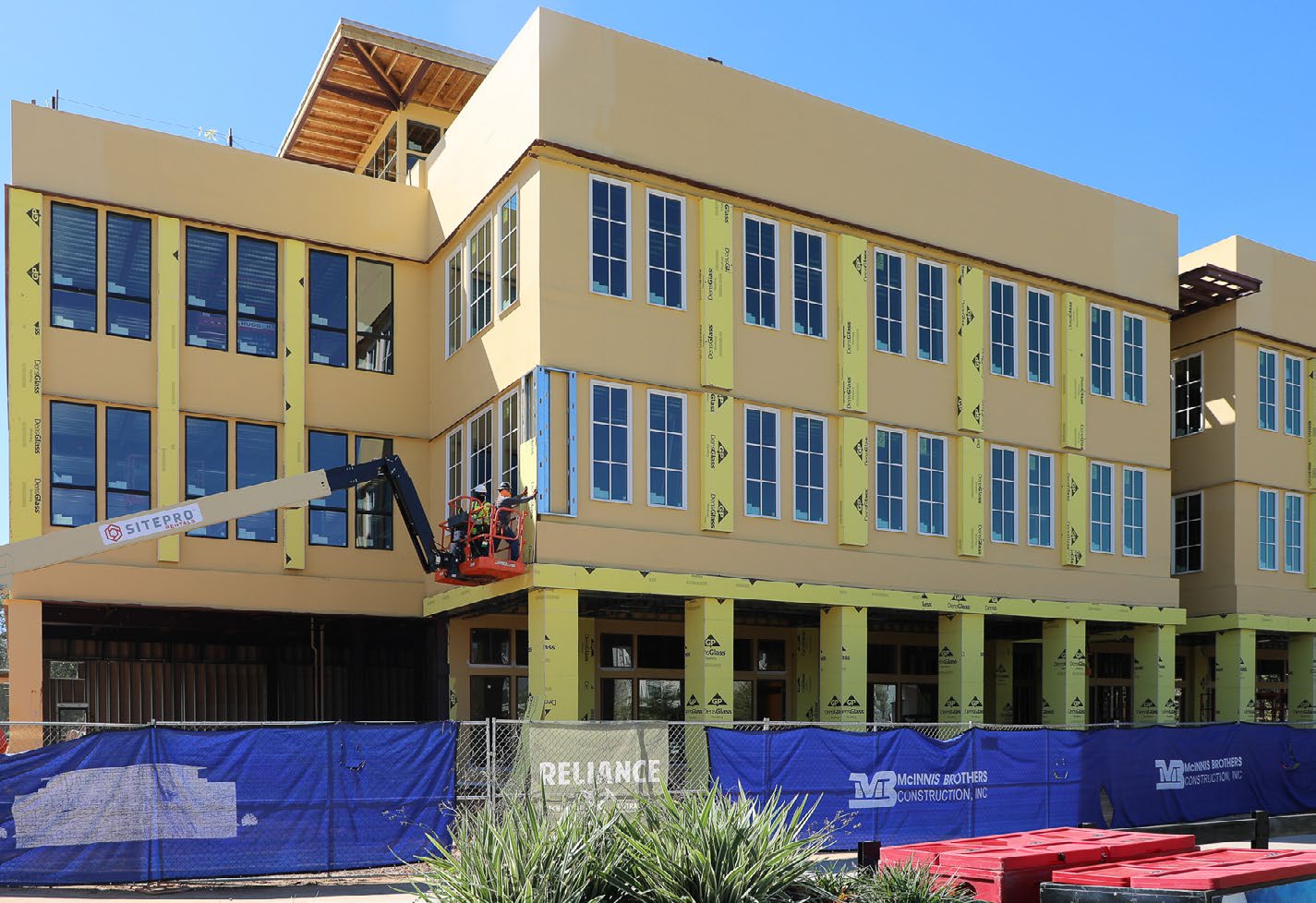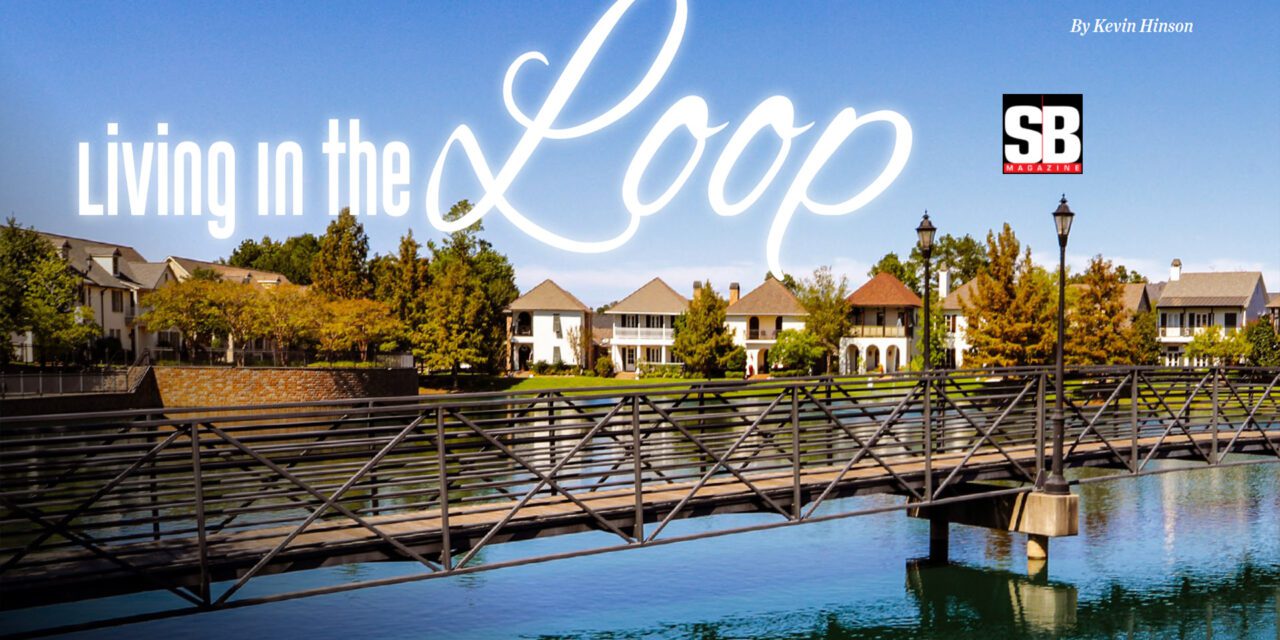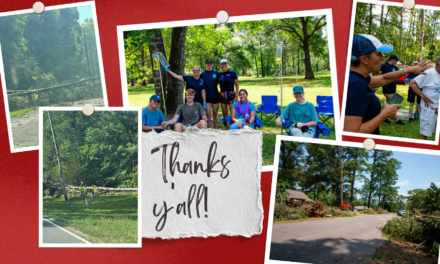Tucked away just off the beaten path, a couple of miles behind a forest is a secluded enclave and Shreveport’s splashiest new community: the Southern Loop. One could understand the modus operandi of downtown Shreveport to be restoring and revitalizing, but out here, it’s build and grow—and eagerly at that. Multiple players are involved in the development, including families with multiple generations in and commercial real estate companies.
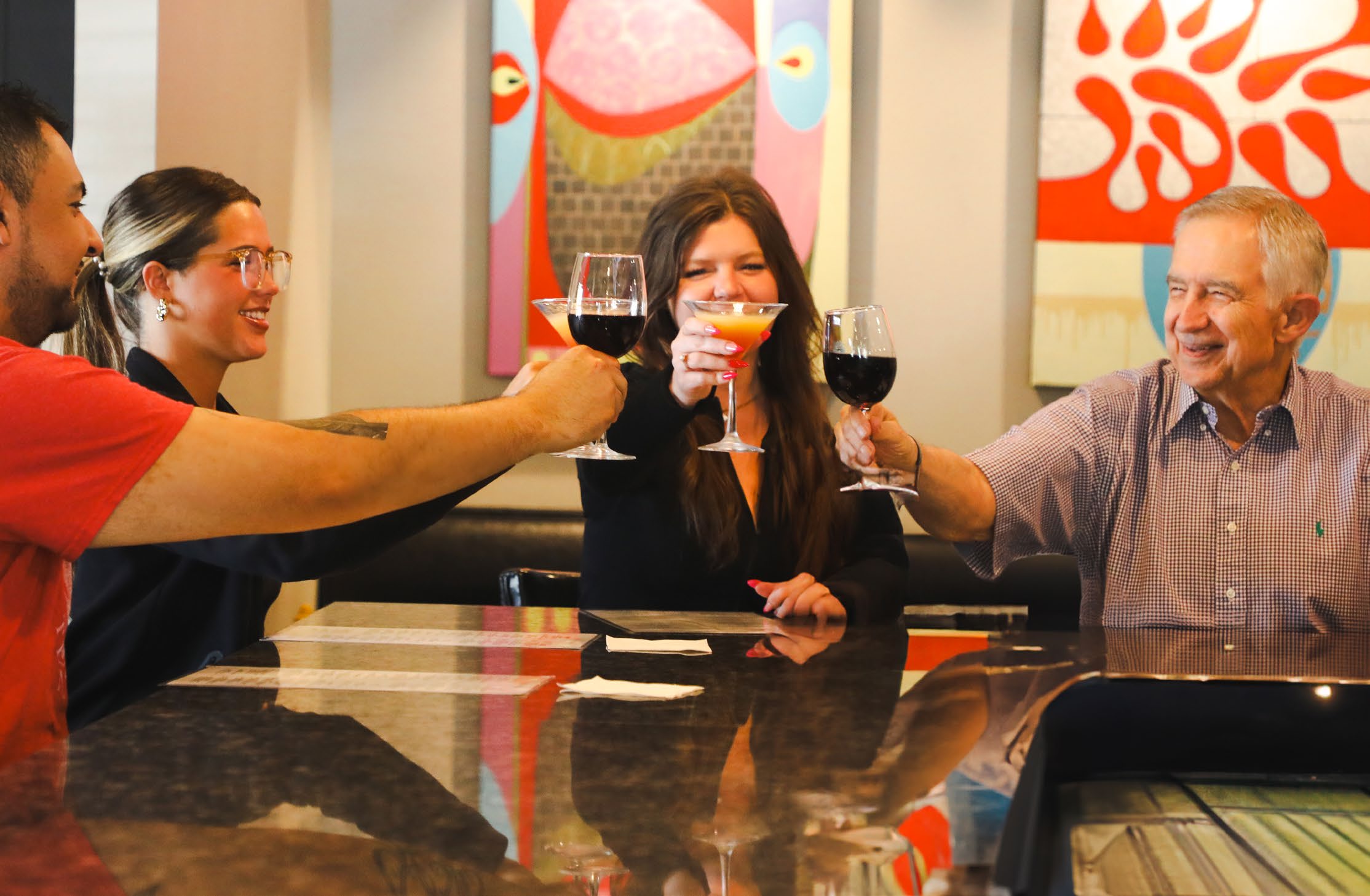
But long before any of the development you see now was there, there was a neighborhood that is the anchor of it all…Southern Trace. Southern Trace is likely Shreveport’s most lavish neighborhood now, but it started with humble beginnings in 1987 with someone who could be considered the granddaddy of Southern Trace: Johnson Ramsey. Johnson, who insists the neighborhood’s development is a “miracle,” inherited 250 acres…the 250 acres that would become Southern Trace today. “I would have to worry about pigs crossing the road at night back then because it was just farmland,” he muses.
The pig-crossing days are long gone: after years of development and further expansion, Southern Trace now stands at an official 599 acres of idyllic suburban sprawl. Replete with all the amenities one would expect of a gated community of this stature, like a country club, tennis courts, pickleball courts, a pool, and fitness center (not to mention a couple of neighborhoods flattering Southern Trace with imitation named “Oakwood Trace” and “Hidden Trace” across the street), the crowning jewel remains the golf course. This neighborhood beginning as Johnson’s inheritance could explain why he’s been known to be such a good steward of the land from the beginning, and the golf course was the beginning. Wanting nothing but the best for his pride and joy, Johnson outsourced the project to a world-renowned golf course designer from Toledo, Ohio at the start of the neighborhood’s design, with the designing of homes secondary.
“I wanted a nationally renowned golf architect, Arthur Hills, because that would speak volumes of the quality golf course project we were undertaking.”
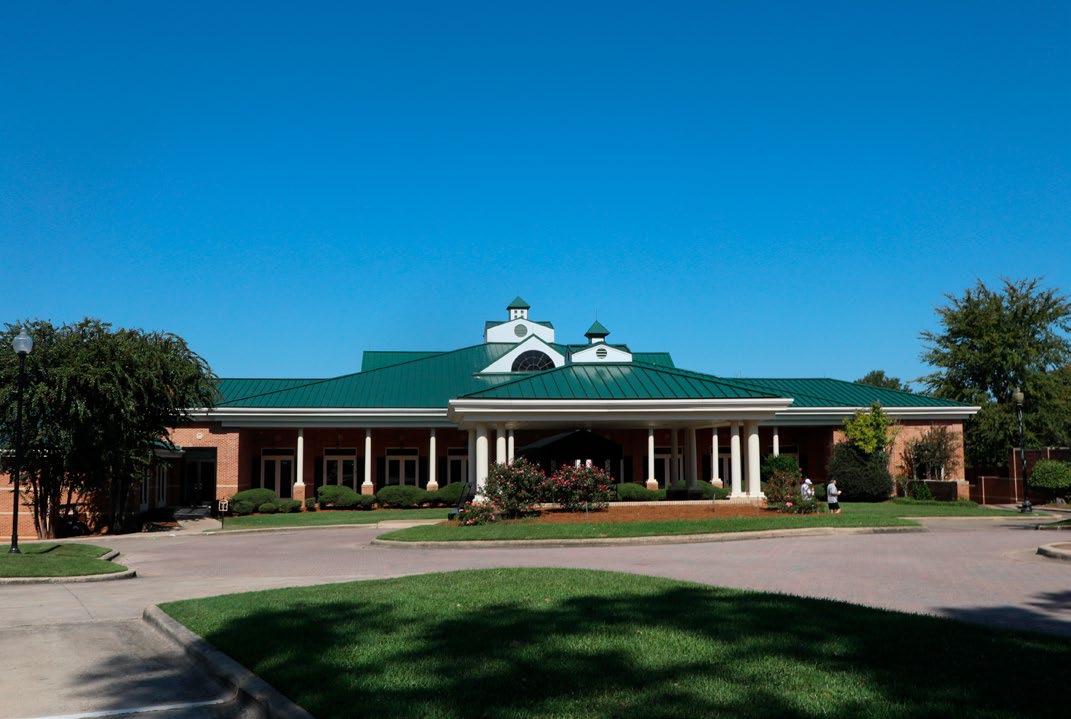

The strategy worked: Southern Trace’s golf course has been ranked #1 in Louisiana multiple times by Golf Digest. Despite the apparent prestige and wealth of the neighborhood, Johnson laments any notion of “snobbery” that may be associated with the neighborhood: “Elitist country clubs were things of the past. My desire was to welcome members without being restrictive to social status.” Club memberships, of which there are many varieties, are open to nonresidents of Southern Trace.
Just a stone’s throw away from Southern Trace is what feels like the future of Shreveport: The Southern Loop and Provenance Town Center and neighborhood development (notice the new stoplight at the Wallace Lake Road intersection, a sure sign of things to come). The commercial side of the Living In the Loop By Kevin Hinson sbmag.net | nov. 2024 13 development is Windrush Village, a 17,000 squarefoot shopping center with tenants like Mae & Co, El Cabo Verde, Windrush Grill, the third location for the ultra-successful Shreveport coffee upstart Rhino Coffee, ProVision Barber, Southern Smoke Cigar House, Marble Slab along with some other services like a post office and an LSU Health building. The square can now double as its own little city with a new Brookshires (about 20 years in the making, it turns out) just across the way for a grocery store. But it wasn’t always like this out at the Loop.
“Everybody loves trees, but retailers are attracted to rooftops,” says Roger DeKay, a commercial real estate agent with Sealy Real Estate Services (also the one who pegs Southern Trace as the “anchor” of the subdivision). About 20 years ago, Roger spoke with the corporate director of real estate for Brookshires in Tyler, Texas, about potentially building a store on the sight it now sits at the intersection of Southern Loop and Norris Ferry, convinced he had found a hidden gem. To his surprise, the director said every real estate developer in town had already tried getting him to build a store. However, Roger gives a pivotal lesson about retailers: they want rooftops and disposable income; seclusion alone wouldn’t do it.
On the other side of Southern Loop are many available office spaces for lease from Sealy Real Estate (Roger has been involved with those properties for about ten years), as well as an Anytime Fitness, a Johnny’s Pizza to go along with two Pizza Hut’s on the street (including one at the Brookshires that you can even sit in…heady stuff these days), Counter Culture, Corks and Cuts, and a Daq’s Wings and Grill. Other assorted businesses and restaurants round out the Southern Loop’s offerings, but these establishments are about more than being a good place to eat or shop; they are a sign of something, a sign that this is one of the fastest-growing areas in town, one that finally became appealing to Brookshires’ corporate. “It’s a classic example of a local retail services center that was a response to the rooftops and the disposable income,” says Roger, and that was not something the Southern Loop had 20 years ago.
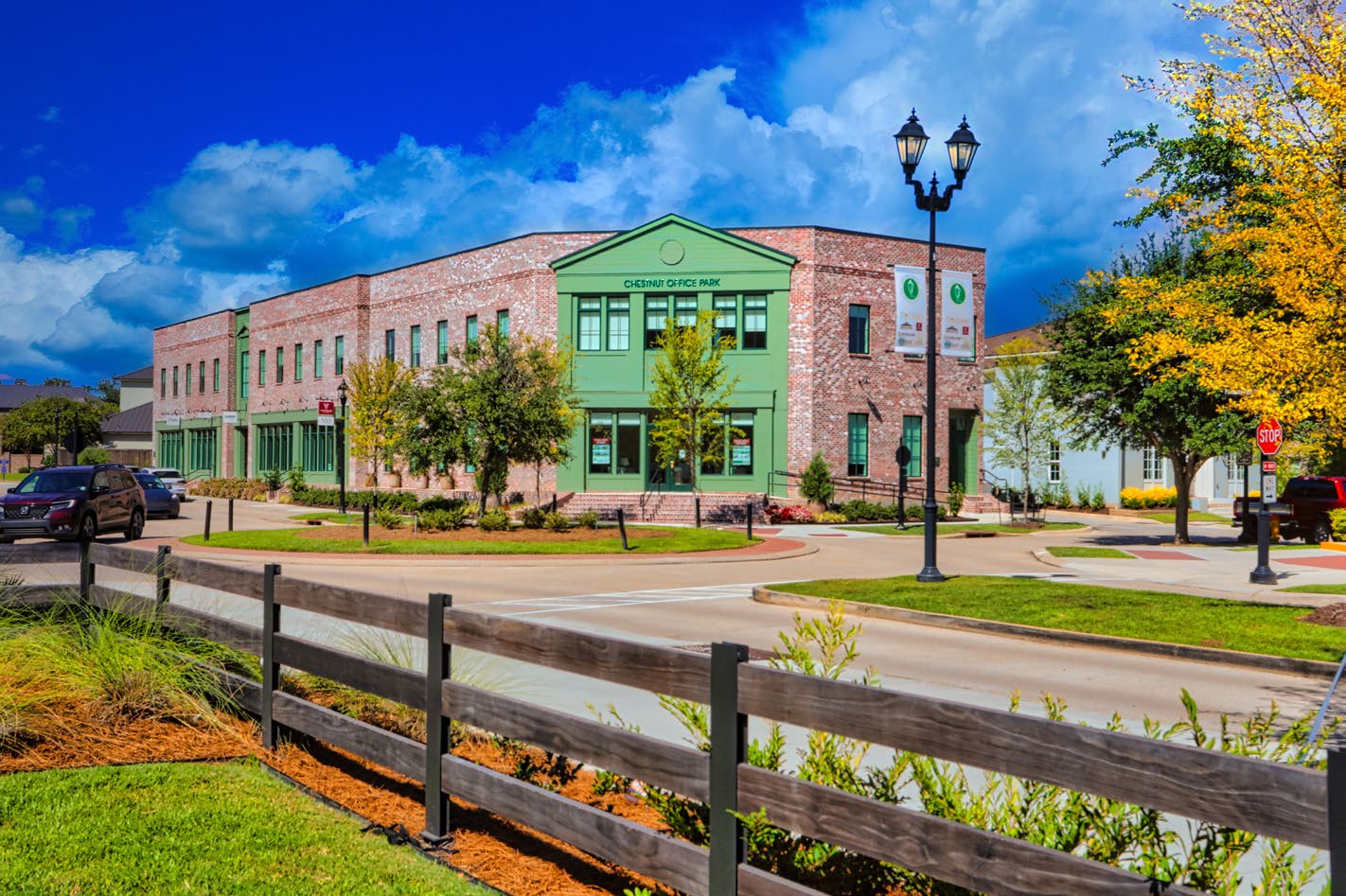
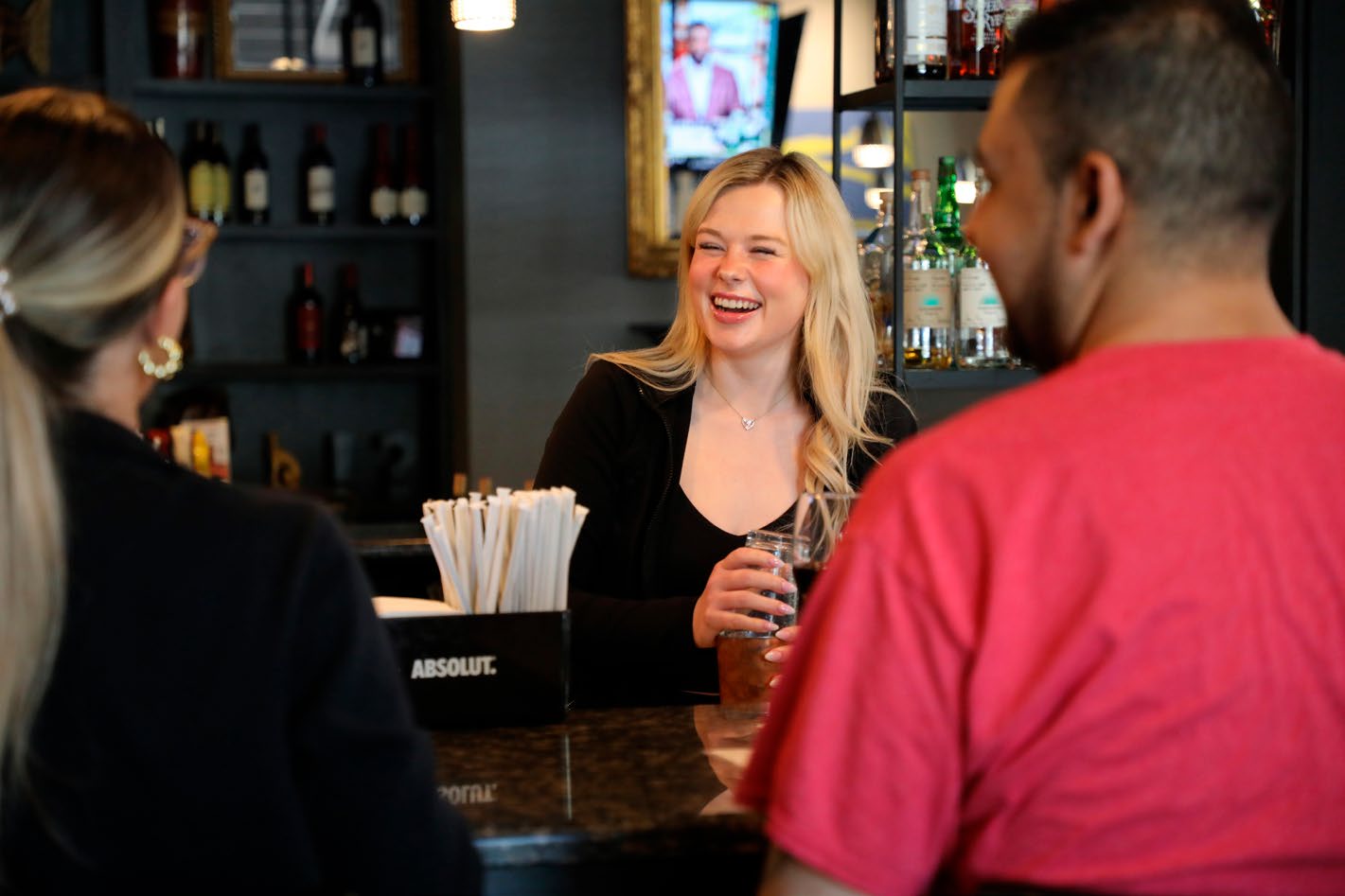
Well, it does now. Walking the 377-acre Provenance Community Traditional Neighborhood Development behind the Windrush Village is the closest thing to walking through a real-life Candy Land. This is undoubtedly part of the charm for residents, which will only be increasing in the coming years since Vintage Realty, the owners of the Provenance Town Center, and developers of the neighborhood plan 1,000 home sites. “Provenance started about 20 years ago as a traditional neighborhood development. It’s meant to be a place that invites the community in. There’s parks built all through it, and we have a lot of public events each year,” explains Matt Snyder, a PR consultant for Provenance.
If you’re looking to see the future of Shreveport and spend some idle time shopping or grazing at multiple establishments, the Southern Loop is an attractive place to spend that time. Maybe you can contribute to the area’s growth by patronizing it or officially becoming a part of it through residence or business. Either way, what started as one developer’s neighborhood project is far from being finished, and there will be plenty of room and time for new contributions if you can stray off the beaten path just a little bit.
